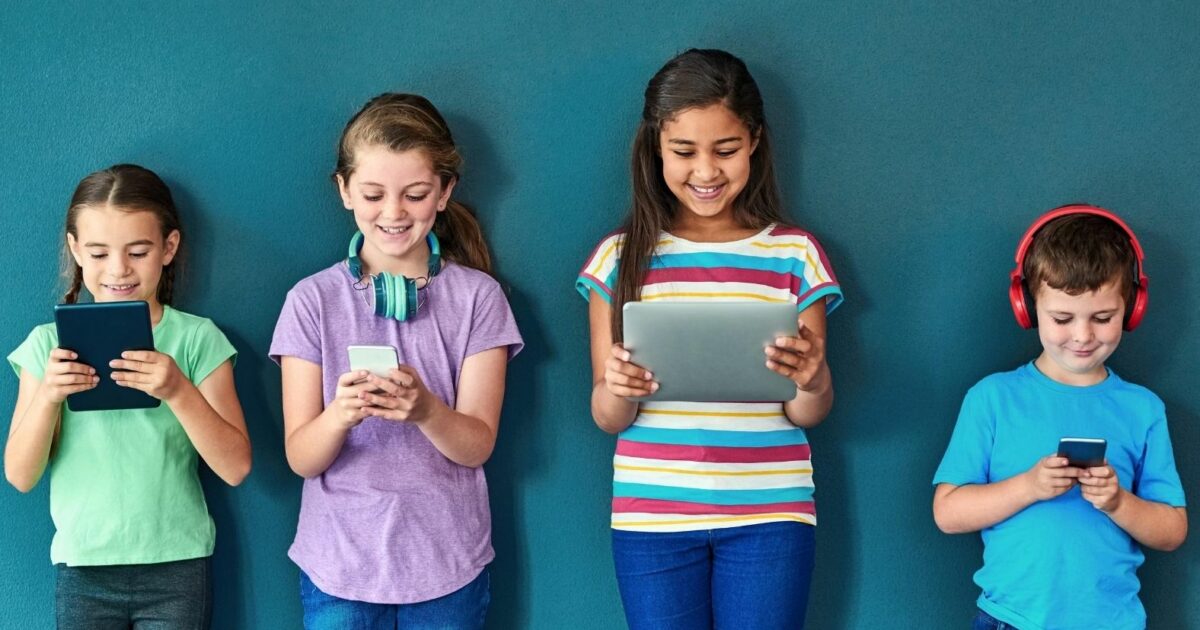August is Children’s Eye Health and Safety Month
At Center For Sight, we believe that good vision – starting in childhood – is the foundation for a happy, healthy life. And if you’ve been our patient for any amount of time, you know we want you and your family to enjoy 20/happy vision for a lifetime!
August is National Children’s Eye Health and Safety Month, and that makes it a great time to talk about little eyes. Who knows what school is going to look like for the rest of 2020, but whether your student sits in a physical classroom or a virtual one, good vision is essential.
A Vision for Your Children
At Center For Sight, we have the expertise required to diagnose and treat your child’s eye issues early before they have the chance to lead to long-term vision problems. Even if issues are not believed to be severe, vision problems commonly affect children’s performance in school.
For this reason, children should have annual eye exams, starting at about age three. Sure, they will have vision screenings at school and/or their well-child checkups at their primary care physician, but a vision screening is not the same as an annual eye exam by a licensed optometrist.
Experts in Pediatric Ophthalmology
At Center For Sight, we specialize in the diagnosis and treatment of many medical and surgical children’s eye disorders, including the following:
• Amblyopia (Lazy Eye)
• Strabismus (Crossed Eyes)
• Ptosis
• Nasolacrimal duct obstruction
• Pediatric cataracts
Two of our board-certified ophthalmologists, Dr. Selim Koseoglu and Dr. Jeyan El-Mansoury, have fellowship training and decades of experience in pediatric ophthalmology. While they’re both experts in all things relating to children’s eye care, the two most common issues they treat are amblyopia and strabismus.
Strabismus Treatment
Strabismus (also called crossed eyes) is a very common condition in which the eyes are misaligned. It typically occurs when the muscles that control the movement of the eyes don’t work in unison, and the eyes look in different directions. This can be the result of neurological issues or weakened muscles in the eye itself.
Not to be confused with amblyopia, one in 25 people in the US are diagnosed with strabismus during regular vision testing and eye exams. Strabismus can cause double vision due to the lack of proper alignment. Without treatment, strabismus will affect children’s vision and can lead to other vision issues depending on the severity of the misalignment.
Strabismus can be treated with glasses or, in more severe cases, surgery. Luckily, the team at Center For Sight is well equipped to handle even the most severe cases of strabismus.
Amblyopia Treatment
You probably know this eye condition by its more common name of lazy eye. While strabismus and amblyopia are sometimes related, they are different conditions that require different treatment plans.
Amblyopia occurs when the vision in one eye doesn’t develop as it should, usually in early childhood. When a child’s brain receives both a blurry image and a clear one, it starts to ignore the blurry one. The problem compounds upon itself because the lower-quality image is ignored more and more by the brain as it deteriorates further.
It’s important that amblyopia is diagnosed and treated as early as possible because the longer it remains untreated, the more challenging it is to correct. Treatment later in childhood can be less effective, and eventually, the vision of the weaker eye may be permanently decreased. While not every child will be able to achieve ideal vision, treatment is considered effective in preventing extensive vision issues in the affected eye.
Protecting Eyes in the Digital Age
If a young person in your life has their own phone, laptop or tablet (or all three), they are likely spending a lot of time staring at blue light. Add in online learning, TV viewing and video gaming, and most children and teens are spending hours each day plugged in.
Regular screen use can contribute to long-term dry eye issues. And, computer vision syndrome isn’t just one specific problem. The most common side effects of CVS include blurry vision, stiff shoulders, stiff neck, headaches, watery eyes and altered sleep patterns.
At Center For Sight, your family’s health and safety are important to us. We’d like to share some tips for taking care of your family’s eyes during this season of remote work, distance learning and social distancing! To help prevent digital eye strain:
Set a good example with screen use. Parents, model balance and let your children see you reading a book, taking a walk or playing with a pet. Invite your child to help you in the kitchen or for a game of pick-up basketball in the driveway.
Create screen-free zones at home. Maybe everyone places their cell phone in a basket before sitting down at the dinner table. Maybe everyone charges their devices overnight in a common area. Get creative and allocate areas of the home that are “unplugged zones”.
Practice the 20-20-20 rule. For every 20 minutes spent looking at a screen, you should look at something 20 feet away for 20 seconds. This is an easy and practical way to give eyes a much-needed rest to avoid digital eye strain.
Trust the Experts
If you believe your child is experiencing any of the issues addressed here (or any other vision issues), Center For Sight has an expert team you can trust to provide excellent care for your child’s unique needs. Please reach out! We look forward to serving you.



